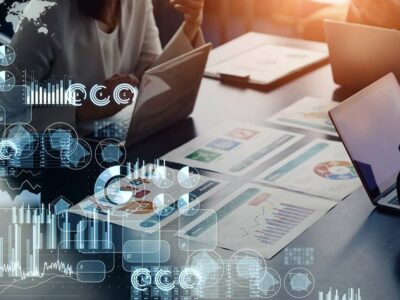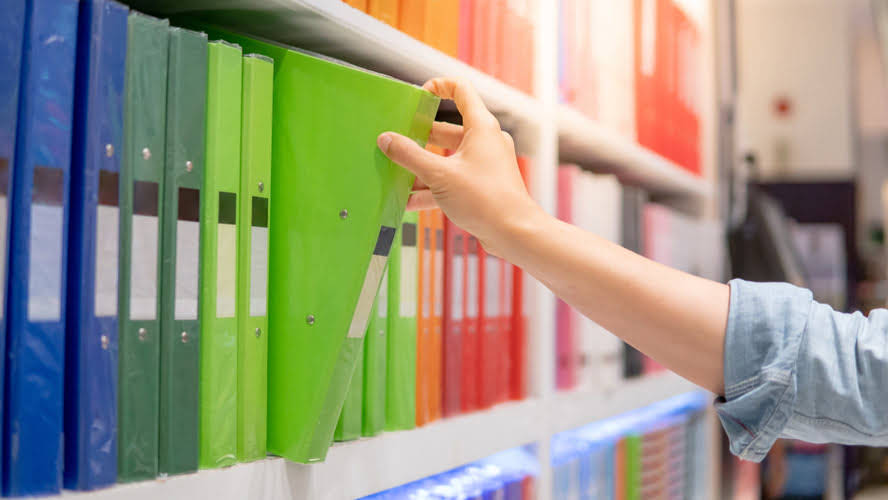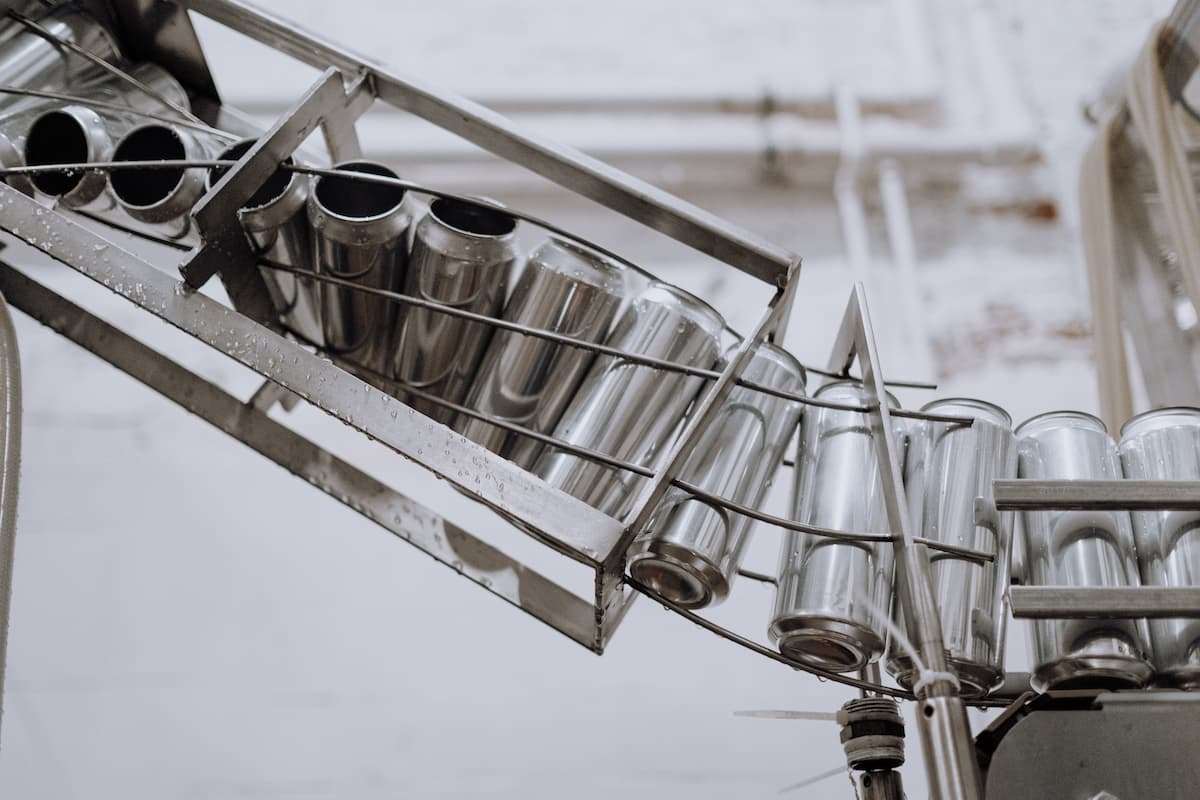
The balance sheet is one of the three main financial statements, along with the income statement and cash flow statement. A balance sheet explains the financial position of a company at a specific point in time. As opposed to an income statement which reports financial information over a period of time, a balance sheet is used to determine the health of a company on a specific day. A company usually must provide a balance sheet to a lender in order to secure a business loan.

The accounts are then aggregated to a general ledger at the end of the accounting period. The general ledger acts as a collection of all accounts and is used to prepare the balance sheet and the profit and loss statement. Importantly, PHM is well positioned to invest modestly more in land because it has a pristine balance sheet, with $1.8 billion of cash on hand against $2 billion of debt.
Balance Sheets Secure Capital
Non-current assets are assets that are not turned into cash easily, are expected to be turned into cash within a year, and/or have a lifespan of more than a year. They can refer to tangible assets, such as machinery, computers, buildings, and land. Non-current assets also can be intangible assets, such as goodwill, patents, or copyrights.

Retained earnings are the business’ profits which are reserved for reinvestments (not distributed as dividends to shareholders). Shareholders’ equity how to construct a balance sheet is the combination of share capital plus retained earnings. List the current liabilities that are due within a year of the balance sheet date.
Create a Free Account and Ask Any Financial Question
Once this is done, you’ll have a complete balance sheet ready for you. Make sure the balance on the left side matches the balance on the right. Now that you understand the basics, let’s discuss (in the next section) the six steps to prepare a balance sheet. Accurately recording financial data is a prerequisite for effective financial reporting.
Cash, the most fundamental of current assets, also includes non-restricted bank accounts and checks. Cash equivalents are very safe assets that can be readily converted into cash; U.S. This means that assets, or the means used to operate the company, are balanced by a company’s financial obligations, along with the equity investment brought into the company and its retained earnings. This generally means the business has more assets than liabilities and can cover all expenses expected within that year. A strong balance sheet shows the ability to meet the needs of customers and expenditures for business growth. For the business itself, a balance sheet can, for example, help an owner figure out how much cash may be needed to pay off liabilities or how much capital is tied up in investments.
How to Read the Balance Sheet?
Current liabilities are obligations or debts that are payable soon, usually within the next 12 months. Accounts payable and accrued payroll taxes are some commonly used current liability accounts. If you’ve found that your balance sheet doesn’t balance, there’s likely a problem with some of the accounting data you’ve relied on.
- Preferred stock is assigned an arbitrary par value (as is common stock, in some cases) that has no bearing on the market value of the shares.
- Yes, the balance sheet will always balance since the entry for shareholders’ equity will always be the remainder or difference between a company’s total assets and its total liabilities.
- The reporting date marks the end of the reporting period you choose.
- Lenders and creditors consider balance sheet data when making decisions on whether a company qualifies for bank loans or a corporate credit card.
